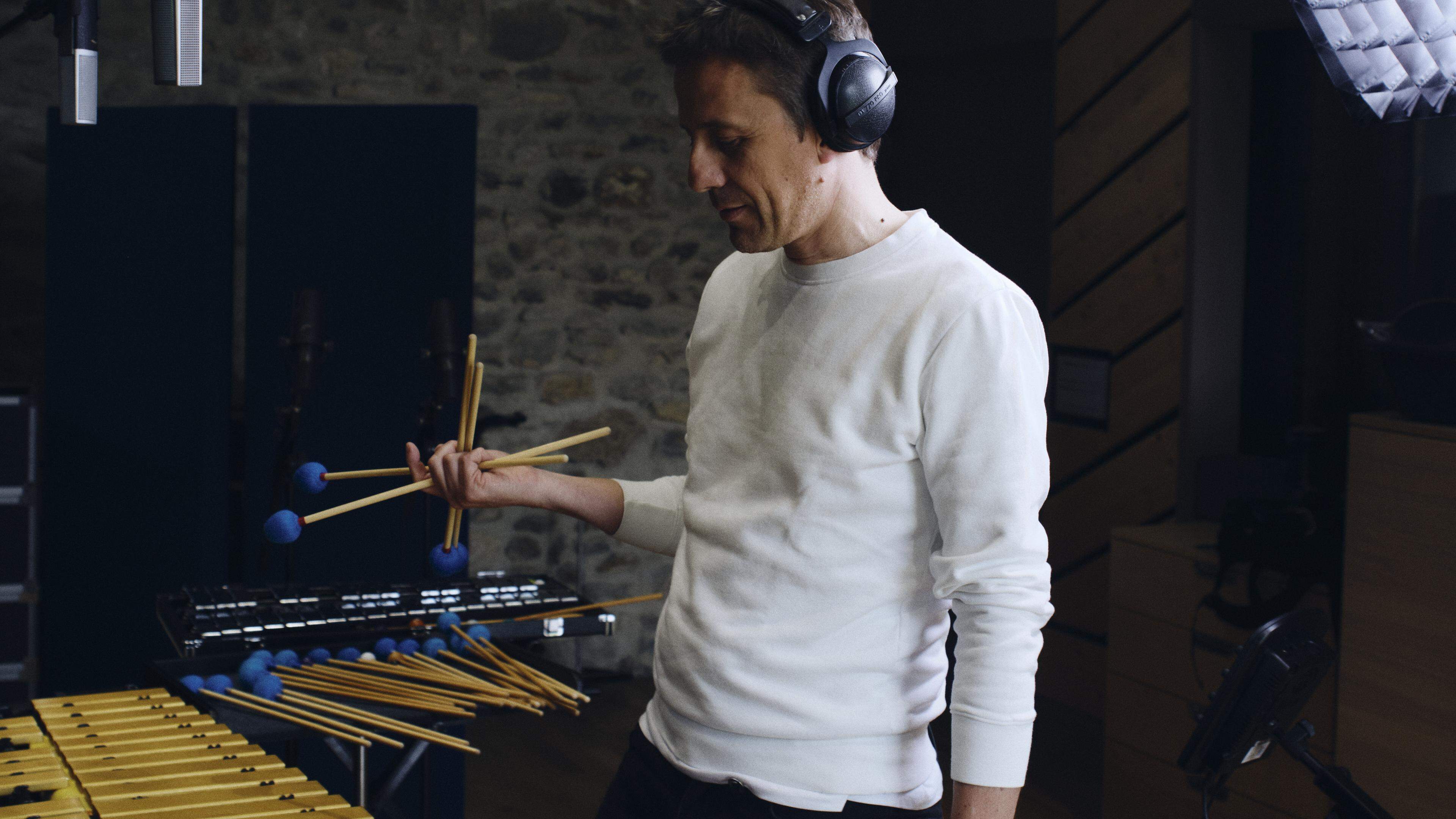Can colleagues not stand each other? Then put them cozy next to each other
/s3/static.nrc.nl/images/gn4/stripped/data130056095-564b6f.jpg)
No child wants to sit in the front in the class, your place in the classroom influences your status, children who don’t like each other should put them closer together, and you should never let children choose where they want to be in the classroom.
This is a number of conclusions that developmental psychologist Yvonne van den Berg has collected from Radboud University since 2016. She is researching where you can best put which children in a class. She designed a scientifically validated method called ‘chair dance’, with which thousands of teachers organize their classes.
The information on which the application runs comes from questionnaires that are filled in anonymously by students – who is gossip the most, who is bullied, who is your best friend, who is the most helpful, who is the most popular in the classroom? If the information in the application is entered, the teacher chooses what she or he wants to work on with the class, and rolls out an optimal layout.
The method makes less bullies and the mutual relationships and social dynamics improve. Incredibly that it goes so often in schools, says Van den Berg. Because a school class sometimes looks like a prison.
Just check: you put thirty children together every day in a slightly too small loft, she tells exactly what to do. They are not allowed to go to the toilet without permission, and you secure them in the same place for six to seven hours a day. Then it is useful if you know who responds to who and how. To keep things quiet.
Subcutaneous tensions
I immediately thought of the office garden! When I recently in the podcast I know someone who Heard about talking. Because even in the office, people often sit against their will for whole days, together. There too, subcutaneous tensions are brewing. There are also people who have to work together while they sometimes hate each other.
How wonderful it would be if you could also use chair dance there! So that the mouth could be snapped, the silence could be heard a little more, and the colleagues who are only there to profile themselves in the hall can be put in the hallway.
Well, certainly, Van den Berg says laughing when I call her about it. « In the office, the principles of chair dance could certainly help. The office of course also looks a bit like a prison. »
Yet she has never applied her method to adults, because she is already busy enough with her research in education. But she wants to philosophize how it could work at offices.
In adapted form, the questionnaires could already have all the colleagues filled in anonymously, thinks Van den Berg – who don’t you like, uh, nice, with whom do you work together, who gossip a lot, who is your best friend. They probably give more honest information about the group than one-on-one conversations with managers where colleagues often do not dare to show the back of their tongue.
And then her first tip would be: don’t let colleagues claim a workplace themselves. As they often do now. Because then the chatterers sit together, the silence will be too far out of sight and dominant types will ruin the atmosphere. Just like in a class.
It is better to assign places. You can then remove silent colleagues from their inconspicuous place, so that they are less crushing and putting a little more in the sight. Then they are better seen and heard, and their status grows in the group.
Right back
Just like socially weaker children, colleagues who are less well in the group, you can put the best next to a socially strong type with a large network, says Van den Berg. The socially strong colleague is hardly bothered by this, while the weaker benefits from it.
Colleagues who cannot stand each other is better to put a little closer together – just like children who cannot air or see each other. Not that they will naturally like each other. But because you, unintentionally, talk more often with each other, and consult with each other when you sit closer together, a little more understanding arises, Van den Berg has noticed in classes.
The most popular place in the class is in the back right, says Van den Berg, with your friends around you. Of course it is also in the office – nice out of sight of the manager, otherwise you will get the difficult jobs – and with your besties in a group. Only the career tigers want to be close to the boss. So you can easily put it there, Van den Berg thinks. Or the line tractors! Who need a little more ‘attention’ from the boss.
Van den Berg thinks the groups with besties that chat with each other a lot is better off. For example, put a colleague in between next to whom nobody wants to sit – we know them all. Their status also rises, says Van den Berg.
And every day in a different place? At flex spaces and ‘landing spots’? « That is a complete debile idea, » says Van den Berg. « Building a relationship with a colleague or classmate takes time. You don’t do that if there is someone else next to you every day. Let alone if you also have to work. »
I just pass it on.

:format(webp)/s3/static.nrc.nl/images/gn4/stripped/data132512191-bf7b93.jpg)
:format(webp)/s3/static.nrc.nl/wp-content/uploads/2025/05/19171644/data132518834-9ea30f.jpg)
:format(webp)/s3/static.nrc.nl/wp-content/uploads/2025/01/11191751/web-1101BIN_XR.jpg)


